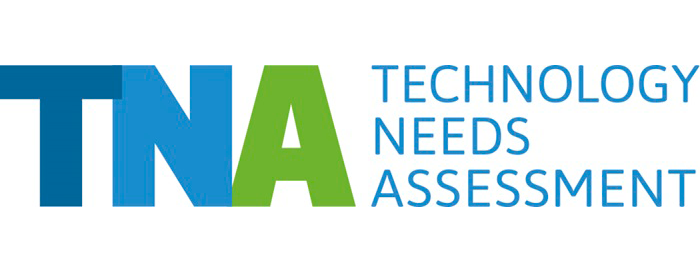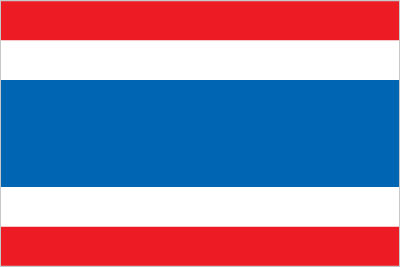The TNA identified precision farming as a priority technology for the agriculture sector, with decision support systems and training being key components for technology transfer. Among other inputs from the TNA, this was incorporated into the Thailand Climate Change National Plan for 2015-2050.
Thailand is located in Southeast Asia. In the north and centre the country shares borders with Myanmar, the Lao PDR and Cambodia, while the southern peninsula consists of a narrow strip of land with long coastlines. Over the last four decades Thailand has made remarkable progress in social and economic development, moving from a low-income country to a middle-income country. Yet despite this development, agriculture is still a fundamental part of the Thai economy and social structure. Thailand’s long coastlines, fragile agriculture system and susceptibility to extreme weather events make it vulnerable to the effects of climate change.
Thailand completed its TNA in 2012. Based on the outcomes of the TNA, a project funded by the Green Climate Fund is in development. The Great Chao Phraya River Basin Area is particularly vulnerable to the impacts of climate change. As rainfall decreases and droughts increase, the river area will not overflow and provide the water needed for the surrounding agriculture. The project will enhance climate resilience through effective water management and sustainable agriculture, directly benefitting 20,000 households and indirectly benefitting the 25 million Thais residing in the Great Chao Phraya River Basin Area.
The results are directly referenced in the NDC, which has prioritized the same sectors as the TNA.
Thailand’s TNA contributes to the following Sustainable Development Goals:






